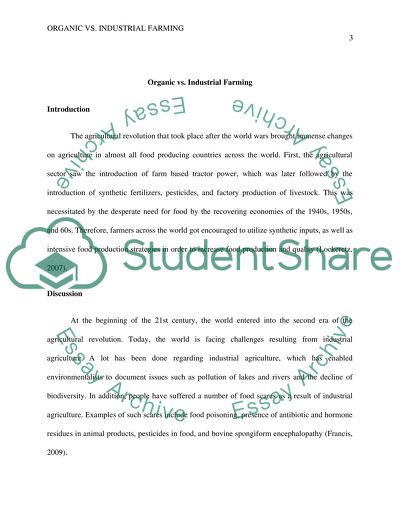Cite this document
(“LIMS Evaluation Paper Admission/Application Essay - 4”, n.d.)
Retrieved from https://studentshare.org/health-sciences-medicine/1618571-lims-evaluation-paper
Retrieved from https://studentshare.org/health-sciences-medicine/1618571-lims-evaluation-paper
(LIMS Evaluation Paper Admission/Application Essay - 4)
https://studentshare.org/health-sciences-medicine/1618571-lims-evaluation-paper.
https://studentshare.org/health-sciences-medicine/1618571-lims-evaluation-paper.
“LIMS Evaluation Paper Admission/Application Essay - 4”, n.d. https://studentshare.org/health-sciences-medicine/1618571-lims-evaluation-paper.


